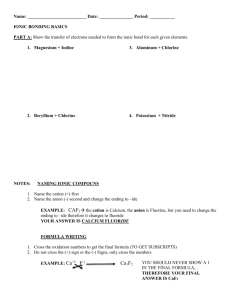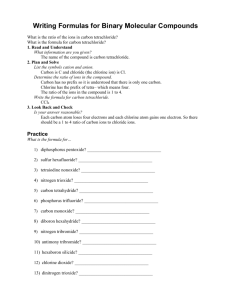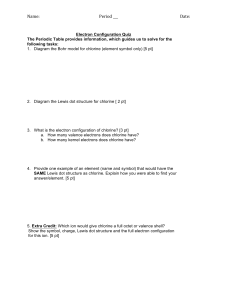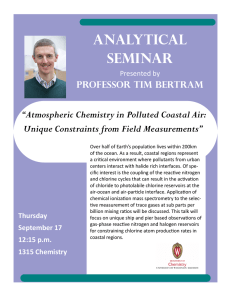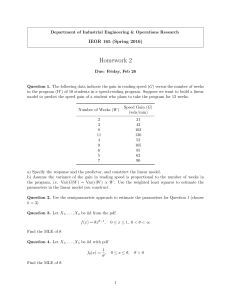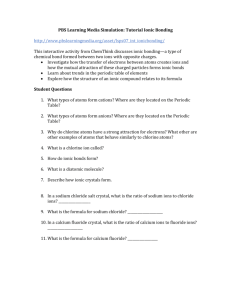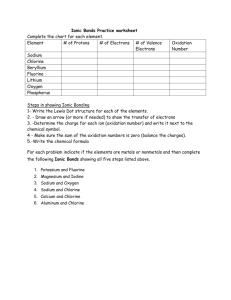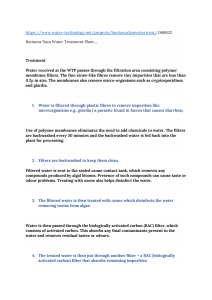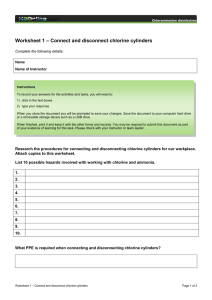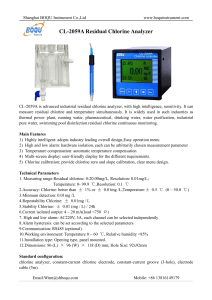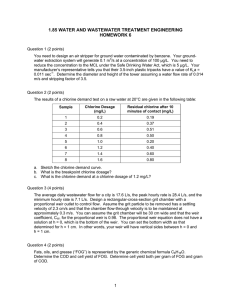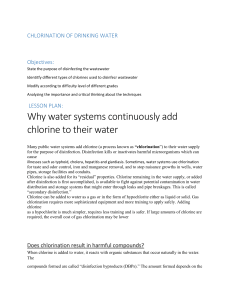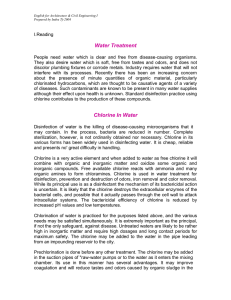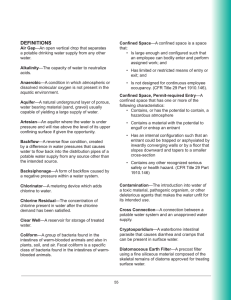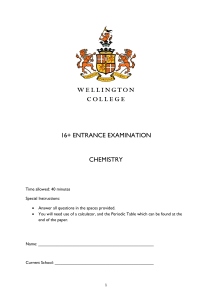Clean water or Pure water? Water filters at home Step 4 (Filtration
advertisement
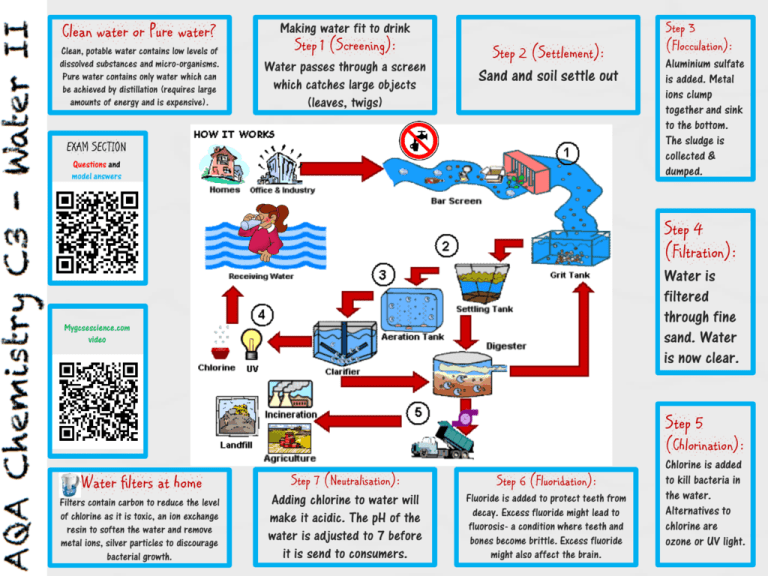
Clean water or Pure water? Clean, potable water contains low levels of dissolved substances and micro-organisms. Pure water contains only water which can be achieved by distillation (requires large amounts of energy and is expensive). Making water fit to drink Step 1 (Screening): Water passes through a screen which catches large objects (leaves, twigs) Step 2 (Settlement): Sand and soil settle out EXAM SECTION Questions and model answers Step 3 (Flocculation): Aluminium sulfate is added. Metal ions clump together and sink to the bottom. The sludge is collected & dumped. Step 4 (Filtration): Water is filtered through fine sand. Water is now clear. Mygcsescience.com video Step 5 (Chlorination): Water filters at home Filters contain carbon to reduce the level of chlorine as it is toxic, an ion exchange resin to soften the water and remove metal ions, silver particles to discourage bacterial growth. Step 7 (Neutralisation): Adding chlorine to water will make it acidic. The pH of the water is adjusted to 7 before it is send to consumers. Step 6 (Fluoridation): Fluoride is added to protect teeth from decay. Excess fluoride might lead to fluorosis- a condition where teeth and bones become brittle. Excess fluoride might also affect the brain. Chlorine is added to kill bacteria in the water. Alternatives to chlorine are ozone or UV light.

